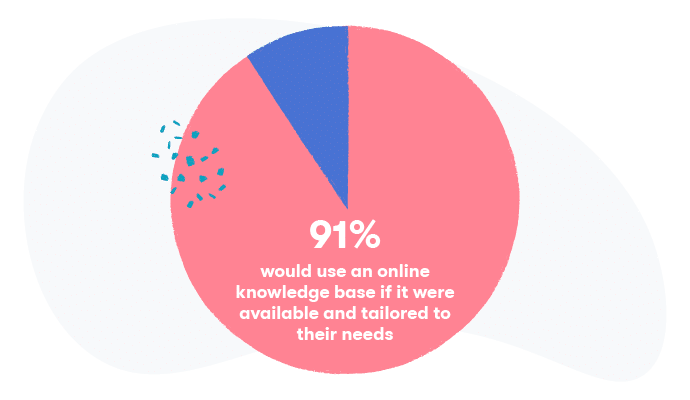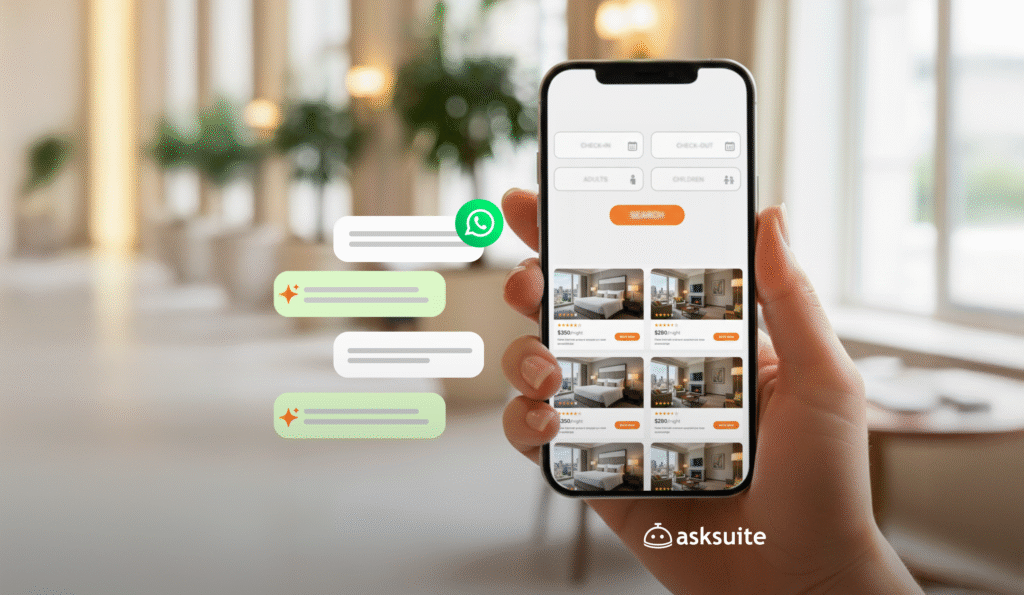Self-service technologies (SSTs) were created to simplify services and to empower clients. With this kind of technology, clients can quickly get a service on their own, without having to ask for assistance. SSTs are everywhere: airports, banks, restaurants, hotels and chances are that you’ve already used at least one.
Self-service became popular because we all want to get things done fast, no matter HOW. To be exact, accordingly to surveys, 45% of consumers don’t care who they interact with — a live agent, chatbot or self-service machine. Our fast-paced lives require services to be agile, with no time to waste.
To accomplish that, it is essential that self-services follow the rule of three: speed, convenience, and efficiency. It is imperative for the service to deliver clients’ simple demands in a fast and uncomplicated way.
More and more people like the autonomy and freedom that self-service provides. Plus, we live in the age of “I want to do it myself”, where people like to learn all kinds of things on Youtube. For these reasons, SSTs are trendy and a must-have to many sectors.
Here we are going to take a closer look at the rule of three in self-service to unravel the ingredients that turn simple self-service into good customer service.
Why is self-service important to the client?
Before we go through the ingredients of a good self-service, let’s understand why it is important for your client to have this option. Customer service comprehends many communication channels between clients and businesses and self-service is one of them.
The use of traditional channels is dropping. Accordingly to Business Insider, 59% of consumers would rather go through additional channels to contact customer service than have to use their voice to communicate. Take a look on what is happening in the US:

As you can see, as the years go by, the percentage of the use of voice channels is decreasing. That means that people prefer texting to talking. This is happening all around the world, not only in America. Just think about how many times you call someone x how many times you text someone.
If you contact people more by text, it’s only natural that you want also to contact companies by text as well. Businesses must be aware of this trendy behavior in order to deliver the best customer experience possible.
Furthermore, we bring you a survey presented by Groove that says that 91% of respondents stated that they would use a knowledge base if it were available to them:

Soon enough people will report using the web or mobile self-service more than speaking with an agent over the phone when it comes to finding answers for simple inquiries.
Why is self-service important to business?
For the business point of view, SST also brings advantages. Businesses sell more, reduce costs and improve customer satisfaction by providing self-service.
When it comes to reduce costs, self-service is the best channel, according to Forrester Research and Oracle:

Also, your team benefits from not having to deal with repetitive cases. Consequently, the stress is reduced and agents have more time to solve complex problems. That is why having SSTs may improve the staff’s workflow and efficiency.
Now that you know why self-service is essential, let’s unravel the three ingredients required for a exceptional customer experience.
Rule Number 1: speed
We said it before and we do it again: customers want things now. Not later. They value their time and appreciate businesses that understand that. So the faster and easier a solution is, the better will be the customer experience.
Let’s have a look at this graphic brought by Superoffice based on the research conducted by Ipsos Moris:

Customer experience is deeply affected by the speed of the service provided. This way, self-service is not just an option, but a “must-have” item. Actually, people not only LIKE self-service, but they use it so much that they even EXPECT it.
Rule number 2: convenience
It is possible to do almost everything from a mobile device: order food, order taxi, buy your next trip. Ergo it’s only natural that we also want the convenience to get an answer from a company, right?

Plus, clients want to be able to solve things by themselves. As stated by a report, 2 out of 3 consumers would rather help themselves than talk to a customer service agent to get answers to their questions.
Those people said that the reason for that is because they considered self-service to be more convenient.

Rule number 3: efficiency
Another research points out that 53 % of US online adults would abandon their online purchase if they can’t find a fast answer to their queries. That is why having all the answers on a webpage might not be what your clients expect.
Self-service must be planned so it actually answers the frequent searches or tasks made by customers, so they actually get what they are looking for. To have a self-service that doesn’t meet customer expectation can be more damaging than not having self-service at all.

As a result, to be fast and convenient is not enough. It must be efficient. Self-service is the best way of achieving all this at the same time.
Invest in Self-Service
Self-service is when customers can complete a task on their own, without assistance from a company’s agent. It can be online or at kiosks in real life. Whatever form it has, SST speeds up formalities, is convenient to use and provides the answers clients are seeking.
Research says that:
“55% of customers expressed that easy access to information and support can make them fall in love with a brand.”

That is why more and more frequently, businesses are implementing self-service applications to improve their customer service and reduce costs. Banks, airport and hotels are just some of the examples that succeeded in implementing self-service in their operations.
Besides, if you are still not totally convinced that self-service is the best way to be served, many companies are adopting the combination of self-service technology with human service. To have virtual and real assistance might be the perfect combination!





![EN Banner Blogpost Creditos ()[]](https://asksuite.com/wp-content/uploads/2025/11/EN-_Banner_Blogpost___Creditos_21-1024x595.png)